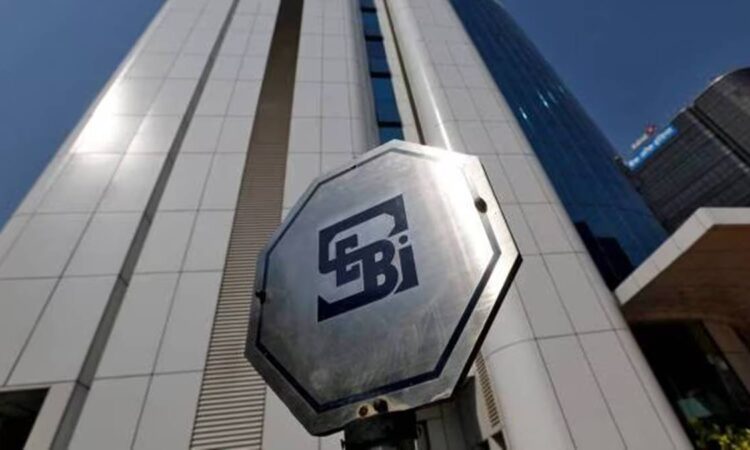
The markets regulator has proposed a new product category to bridge the gap between mutual funds and portfolio management schemes. Saikat Neogi explains how the proposed higher ticket size products will work.
What has Sebi
IN A MOVE to curtail investments by rich individuals in unregistered investment schemes, the Securities and Exchange Board of India

Investors will have the option of systematic investment plans, systematic withdrawal plans and systematic transfer plans. At no point can the investment amount fall below Rs 10 lakh due to depletion of the value of investments.
l What investment strategies will the new asset class adopt?
THE REGULATOR WILL specify the investment strategies from time to time. To begin with, it can be structured like long-short equities. For example, if the fund is bullish on the pharma sector and bearish on the banking sector, it will invest in both sectors. However, it will go long on pharma and short on banking.
It can also follow an inverse exchange traded fund (ETF) strategy that seeks to profit from a decline in the value of an underlying benchmark or asset class. Inverse ETFs, one of the highest-risk products, use financial derivatives to provide daily returns and do not track the underlying stock’s performance over longer periods. They are actively managed and use instruments such as swaps, futures, and other derivatives. During periods of higher volatility, the fund’s returns will take a hit as the more volatile the underlying security, the greater will be the tracking error.
Will it benefit the target group?
THE Rs 10-50 LAKH ticket size is indeed a white space in terms of products with ability to seek risk in an endeavour to chase returns. Several PMS and Alternative Investment Fund (AIF) schemes do indeed offer such products but the minimum ticket size is simply too high. The proposed category will offer investors a regulated option with strategies like the PMS but at a lower entry point. The regulatory oversight will reassure investors that the products will be closely monitored and help minimise potential risks. The new asset class could see investor interest provided the products deliver higher returns than some of the well-established PMS and AIF schemes.
Investors will have to keep in mind that the products will come with very high risks, typical of actively managed funds, like higher volatility and much higher expense ratio. However, there needs to be clarity on taxation of the new product.
l Will this be somewhat akin to a hedge fund?
WHILE THE PROPOSED new asset class shares similarities with hedge funds that operate in the West in terms of flexibility and potential for higher returns, the latter is a far riskier proposition than this. The former will be regulated by
Sebi and will be aimed at risk-taking investors with lower entry requirements, unlike US hedge funds which cater to accredited investors with much higher minimums. While clauses around use of derivatives in the proposed new asset class are relatively liberal as compared with mutual funds, it still is proposed to be utilised within reasonable limits. Hedge funds have complex investment strategies and often employ leverage and short selling. “While the new scheme might offer more investment flexibility compared to traditional mutual funds, it is unlikely to replicate the full spectrum of strategies employed by hedge funds,” says Sonam Srivastava, founder, Wright Research.
Will the flexible structure ensure better returns?
MUTUAL FUND
